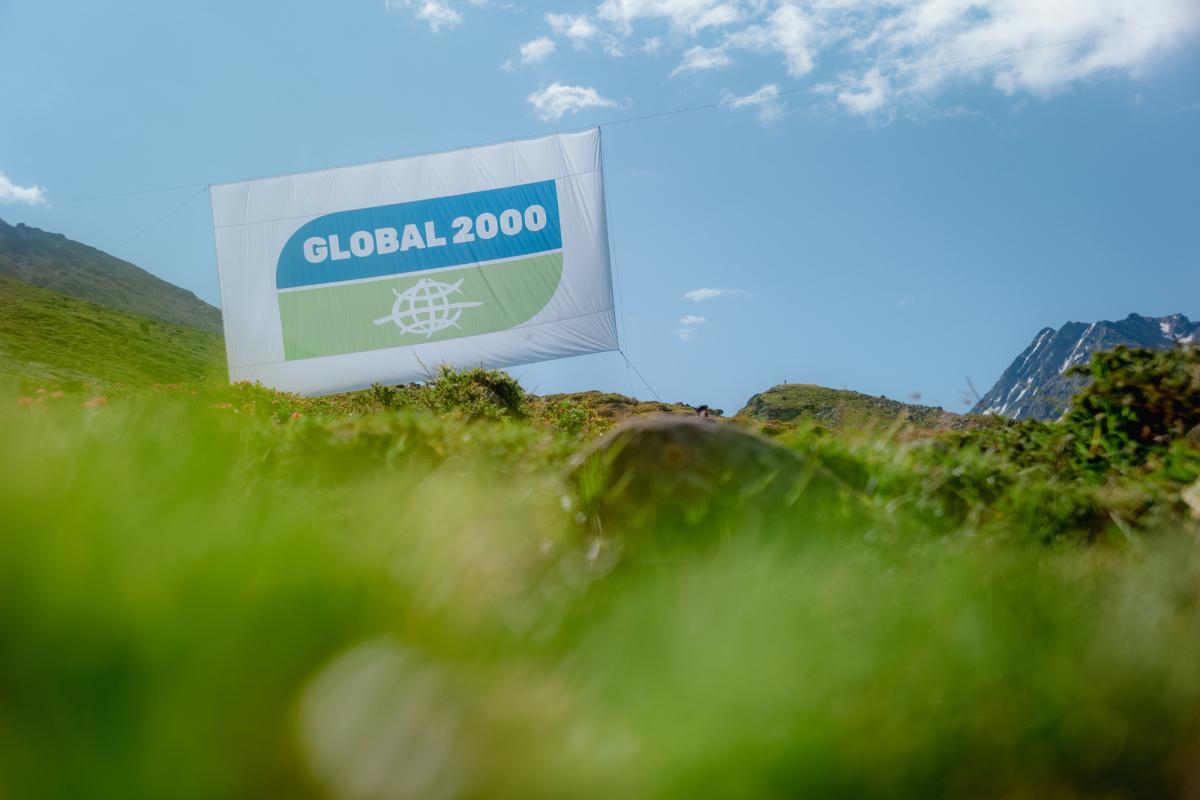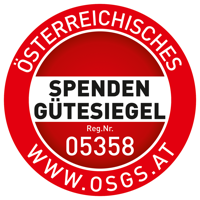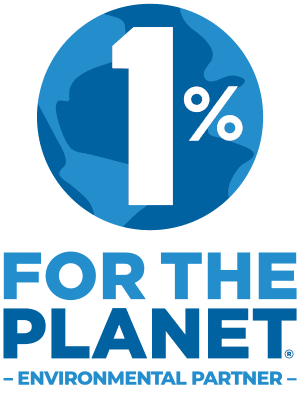In Austria, wireworms, the soil-dwelling larvae of click beetles, cause damage of several million Euros per year alone with potatoes. They tunnel into potato tubers, thereby reducing the share of marketable tubers.
The control of wireworms is a major challenge in both conventional and organic farming. In conventional potato production, currently approved insecticides reach their limits of effectiveness when infestation pressure is high. There is also a lack of effective control options in organic potato production.
With the aim of developing and testing effective and practical alternatives to the use of chemical-synthetic pesticides for wireworm control in potatoes, ARGE Drahtwurm was founded, bringing together relevant stakeholders from the fields of agriculture, research and environmental protection. To achieve the project goal, a series of lab and field studies were carried out, the latter in several production areas under common production conditions and in close cooperation with practitioners.
The studies covered the following main topics:
- the distribution, temporal occurrence and spatial distribution of the agriculturally important wireworm species were surveyed;
- basic knowledge was acquired on the species-specific virulence of various strains of an insect-pathogenic fungus against wireworm species occurring in Austria - also as affected by environmental factors;
- the efficiency of alternative, direct control measures against wireworms under field conditions was assessed.
Results
- Wireworm species have different geographical distribution patterns, and can be divided into species preferring either dry-warm or moist-cool environments. Wireworm activity across arable areas fluctuates considerably throughout the year.
- Laboratory tests with an insect-pathogenic fungus showed the virulence to depend on fungus strain and wireworm species.
- In practical experiments, the most promising option to reduce potato tuber damage caused by wireworms was a combination of the application of fungus-colonised barley grains and the establishment of a mixture of wireworm-attracting plants in the potato crop. For practical application, a consistently high quality of fungi preparations must be ensured, and there has to be a sufficient soil humidity.
The results obtained were spread via seminars, information events and mailings especially to potato growing practitioners, and to further stakeholders in the field of agricultural production via publications and conference papers.
Conclusion
A steady reduction of wireworm populations can be achieved by a combination of long-term measures: Crop rotation, humus build-up, targeted soil tillage, promotion of natural antagonists and the use of environmentally compatible means such as insect-pathogenic fungi. To achieve this, the biology of the individual wireworm species must be examined even more extensively.
In the future, great importance will be attributed to forecast models, which can be important bases for decisions on for example the right scheduling of targeted soil tillage measures, but also for other strategies to minimise wireworm damage.
Links
www.global2000.at/arge-drahtwurm




